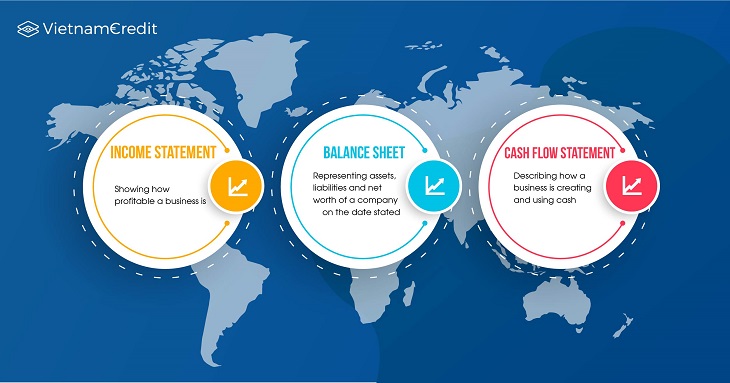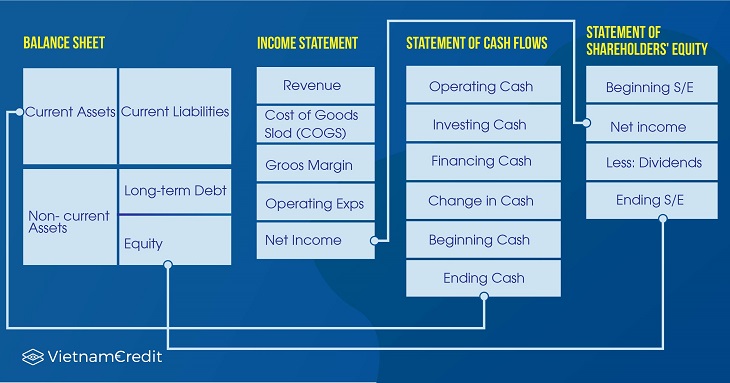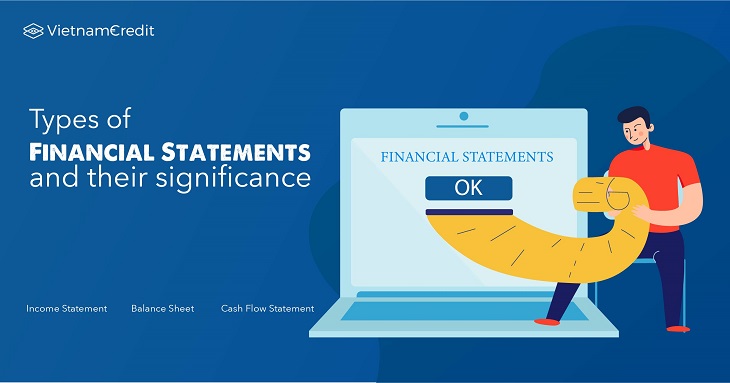Financial statements are made based on an accounting system first proposed by an Italian monk in the fifteenth century…
Financial statements are reports that provide information about a company's financial performance, financial health and cash flow. Investors and entrepreneurs all need to be able to read and understand financial statements. These reports convey the financial position and performance of a business to external partners. Understanding financial statements allows a person to summarize the entire financial position of the business in just a few minutes.

There are three main types of financial statements:
-
Income statement — showing how profitable a business is
-
Balance sheet — representing assets, liabilities and net worth of a company on the date stated
-
Cashflow Statement — describing how a business is creating and using cash
Publicly listed companies must publish their reports every three months and make them public on the media. The period when these reports are released is called the reporting season. For public companies, financial statements are like pictures that tell the world how well the company is doing. During the reporting season, business analysts will update the model and revise recommendations for each stock, while investors decide which stocks to buy and which stocks to sell.
Private companies must prepare their financial statements at least once a year, or more than once in case of necessity. They only have to share the reports with the shareholders and members of the board, and to present them to potential investors and creditors.
Why are financial statements important?
-
Financial statements provide a standard view of a company's financial performance and health.
-
Financial statements allow potential shareholders and investors to compare one company with another.
-
Financial statements from different reporting periods can be compared to track company performance over time.
-
Financial statements help creditors make loan-related decisions

Income statement
An income statement shows whether a company records profit or loss, and lists all income, costs of goods sold and operating expenses. Income statements are also called statements of profit and loss results (P&L).
The first figures will usually be the largest sales. It is the selling price of all goods or services the company sold in the reporting period. The next figure is the cost of goods sold, which is the actual cost incurred in producing each product sold. Cost of goods sold is deducted from revenue, resulting in gross profit, which is profit before management expense, selling expense, and financial expense.
Balance sheet
Balance sheet is a snapshot of the financial health of a company at a specific time. It is called a balance sheet because it balances the assets of the business with the sources of the assets which are liabilities and equity. Owner's Equity is the remaining amount after all assets are sold and all debts are paid.
Assets include current assets (they can be converted into cash in a short period of time) and fixed assets. Current assets include cash, receivables and inventory. Fixed assets include buildings, machines, and vehicles as well as intangible assets, such as patents and trademarks.
Current liability is the amount payable in the following 12 months and includes payables and short-term loans. Long-term liabilities are long-term bank loans, vehicle rentals and mortgages.
Cashflow statement
Even if a company is developing, it can run out of cash if cash is being spent faster than cash is being generated. The cash flow statement shows us how cash is created and used. The report is broken down into three sections, with each section listing cash in and cash out.
Firstly, there is cash flow from operations, which lists actual revenue and expenses. All daily cash flows are included here. Next is the cash flow from investment, including cash and fixed assets as well as the income received if fixed assets are sold. Finally, there is cash flow from financing includes interest paid, new loans and repayments.
Not all financial statements are the same
Each business is a different entity, and each entity will set its account in a slightly different way and use a slightly different term. For example, the terms profit, income and earnings are often used interchangeably.
The Generally Accepted Reporting Standards method has been introduced to keep reports consistent from company to company, but companies are still likely to make some mix ups. People really need to read the entire report to understand if the figure match.
>> Reading financial statement: A know-how for investors
Written by: Tuyen Le - VietnamCredit

























































